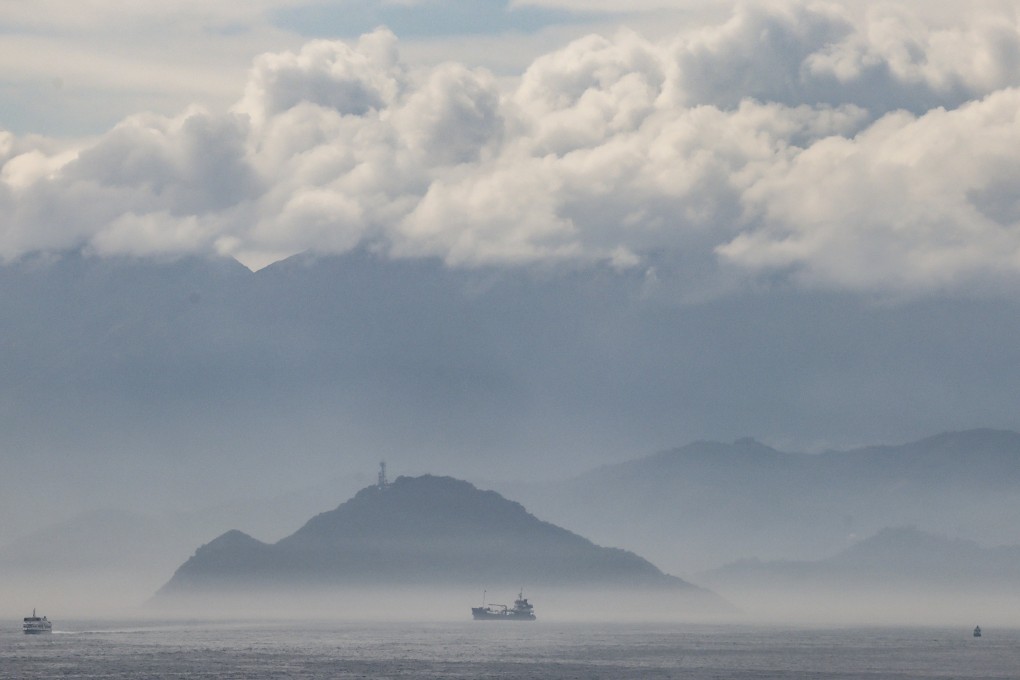Letters | From Lantau Tomorrow Vision to Kau Yi Chau Artificial Islands: name change has not made the reclamation plan more rigorous
- Readers discuss the Hong Kong government’s proposal to build artificial islands for development, and the scale of the environmental challenge for life on Earth

East Lantau Metropolis was supposed to drive the development of Lantau. Lantau Tomorrow Vision was meant to aid Hong Kong’s integration with the Greater Bay Area. The Kau Yi Chau Artificial Islands project is now marketed as an extension of Hong Kong Island into the sea.
But in all three versions, the government has made the same quantitative and qualitative presentation. Quantitatively, it is 1,000 hectares, 500,000 residents living in about 210,000 flats, with a central business district. Qualitatively, the same slogans and buzzwords are used: green, sustainable, intelligent, liveable, carbon neutral, innovative, etc.
Projects with different strategic focuses require different approaches in planning and implementation. In this case, the same package has been presented to the public over the past nine years. This is akin to selling the same liquor in three bottles and calling it wine, beer and champagne. Armed with a crude analysis of the project’s costs and revenue, officials would be laughed out of any bank or investment house if funding were solicited.
